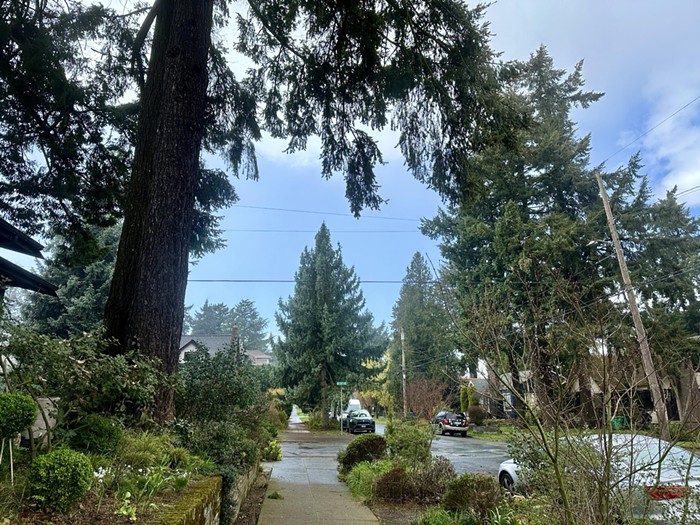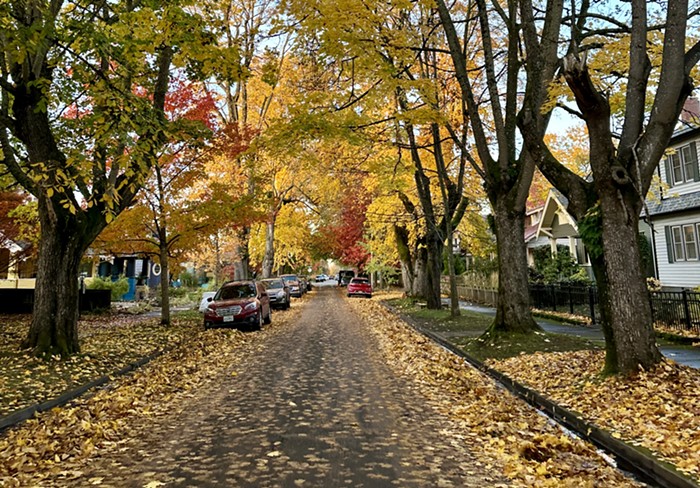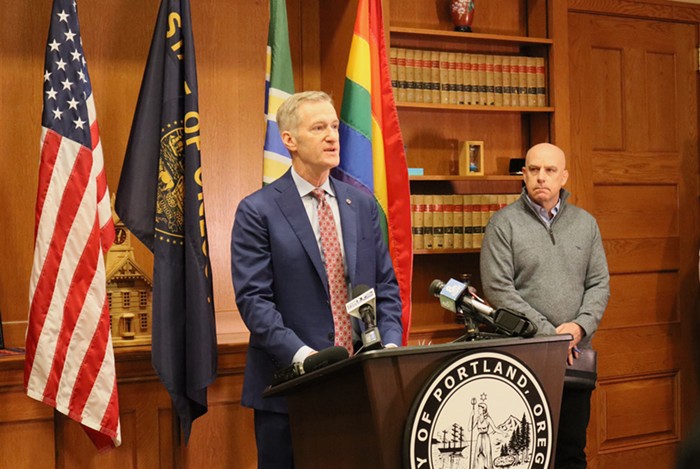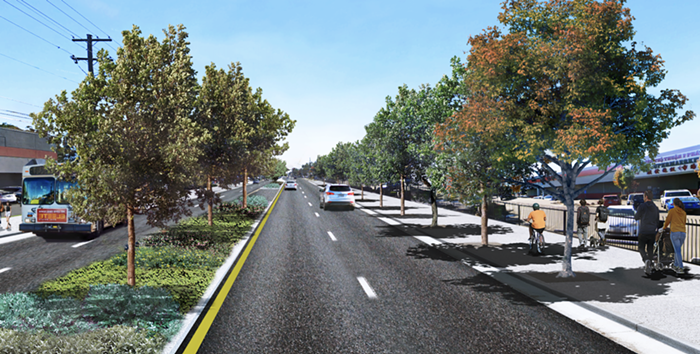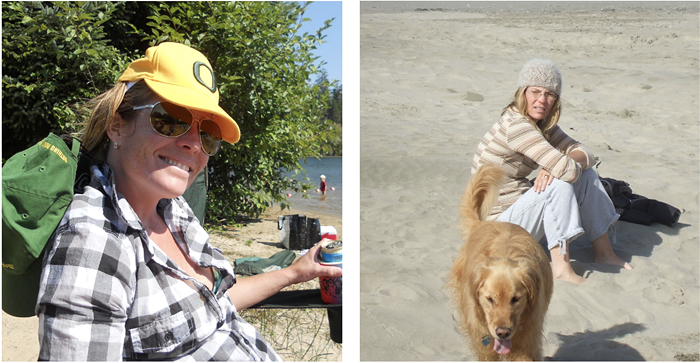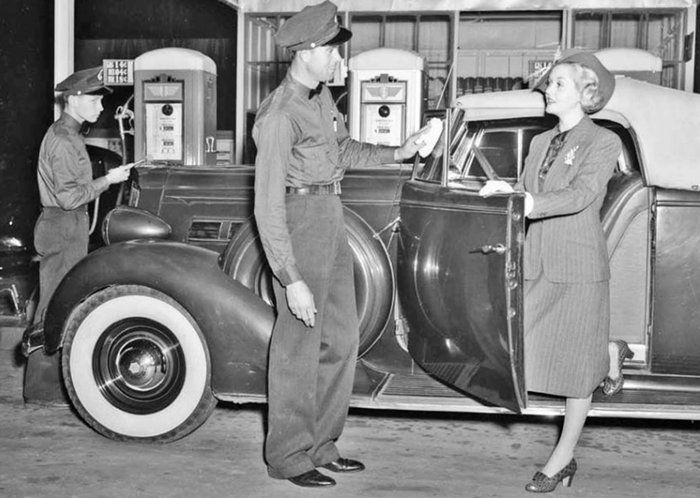HISTORY LESSONS have abounded in Portland City Hall over the past months, ever since officials got serious again about raising some of the hundreds of millions of bucks they need to keep our roads from crumbling any further.
Sometimes, the lessons paint a picture of intransigence. Mayor Charlie Hales never fails to point out two past stabs at seeking a kind of street fee, going back 14 years. Before this one, the most recent attempt came apart amid opposition by a player in the current fight, petroleum industry lobbyist Paul Romain.
In other cases, the tales are meant to note how poorly past councils have managed their money—a way to sow doubt and mistrust.
Earlier this month, the Oregonian pointed to a 1988 resolution suggesting the city council take 28 percent of its license revenue from utilities and spend it on paving—a suggestion it's clearly ignored. And then the paper poked at the millions council invested, instead, in "special appropriations"—a budget pot that's paid for things like arts programs but also for needs like mental health and addiction services, and programs for needy kids and seniors.
It's a red-meat premise. It's also not the whole picture.
For one thing, that 1988 resolution was binding only for the Portland Bureau of Transportation. It told staffers to submit a plan every year for how they'd spend the utility money. The council, meanwhile, was told it was free to ignore the policy "in the context of funding needs" for other programs.
But also of note, a look at the policy statement accompanying the resolution turns up another lapse unmentioned—and unlamented—by the Oregonian. Even with the utility cash in hand, the transportation bureau was told to "continue to seek additional funding" for transportation needs. Again, we've seen just three serious attempts at raising that cash since 1988.
And there might be even bigger sins than the spending on appropriations—many of which are arguably good for the city, and in a given year make up just a fraction of the city's budget.
In 2004, street fee skeptic Commissioner Dan Saltzman moved to slash the license fees city utilities pay to use the public right-of-way, prevailing in a 3-2 vote that he defended as a vital gesture on behalf of businesses thinking of fleeing the city because of high water and sewer rates.
Instead of paying out 7.5 percent of their gross revenue, the water and sewer bureaus saw their payments held steady for several years until that cap amounted to 5 percent of their take. Last year, that lost money would have amounted to almost $10 million.
There was just one tiny problem—one raised by Portlanders including then-private citizen Amanda Fritz. The resulting hit in revenue—sapping money that could have been used for paving—never actually amounted to any real rate relief: just $5 a year, initially, for most ratepayers.
"We have ongoing needs for affordable housing and parks and fire service. And other things that citizens care about," Fritz testified at the time. "It seems like a short-term gain to say, yes, we are lowering the rates. But you're not going to lower the rates, because they're going up."
Even now, if the sewer bureau suddenly had to pay 7.5 percent, I'm told the resulting rate increase would amount to about two-tenths of a percent. Meanwhile rates really did keep increasing over the years, to pay for projects like the Big Pipe and to make up for maintenance ignored in years past.
Of course, it's more than likely none of that revenue would have gone to paving. Same for the money spent on appropriations, if we could go back in time and decide otherwise. Cops, firefighters, and parks all might have had their hands out first.
Which gets to the real trouble with spending too much time looking back. Parsing the past from the comfort of the present doesn't solve the problem we're facing right now: a very real backlog in paving maintenance.
And it's still growing. No matter who's to blame.

